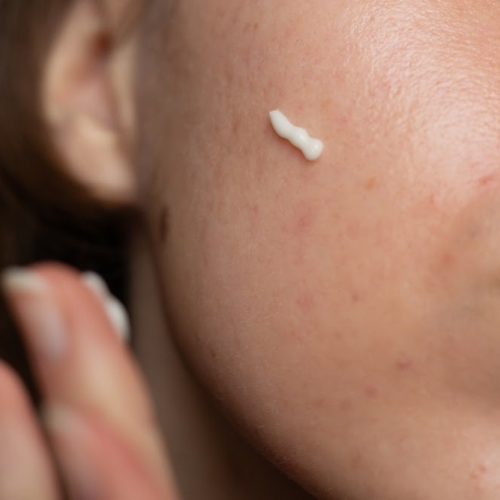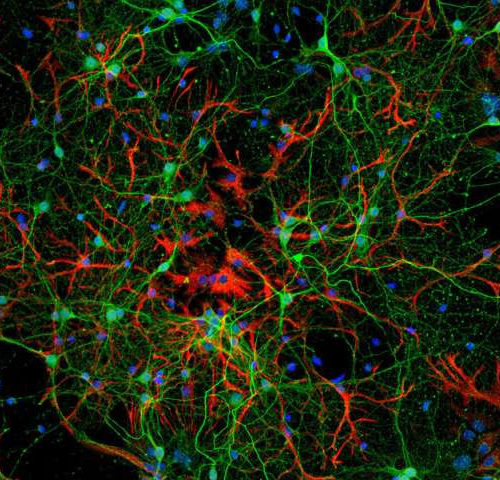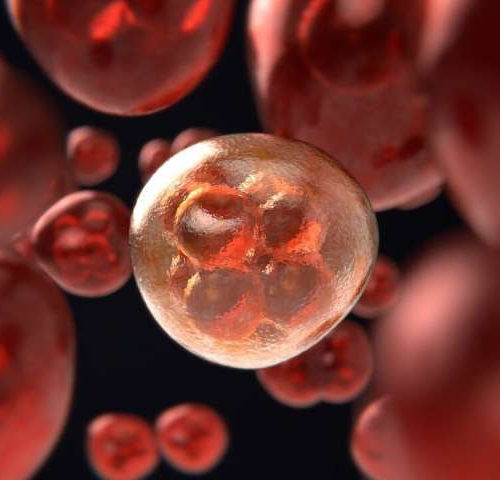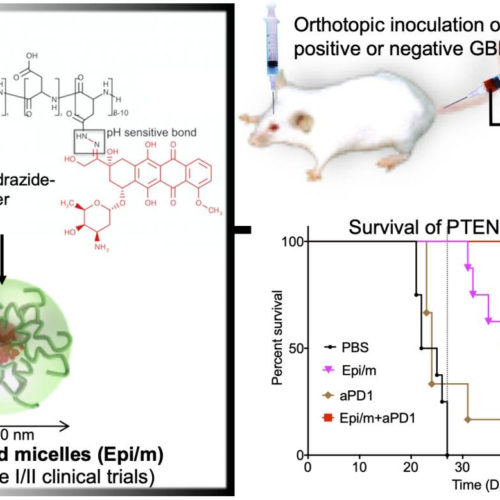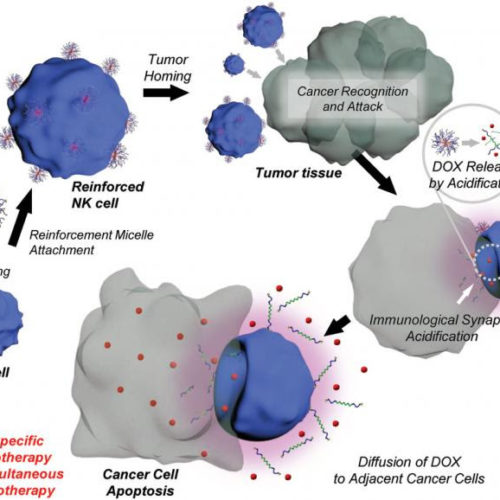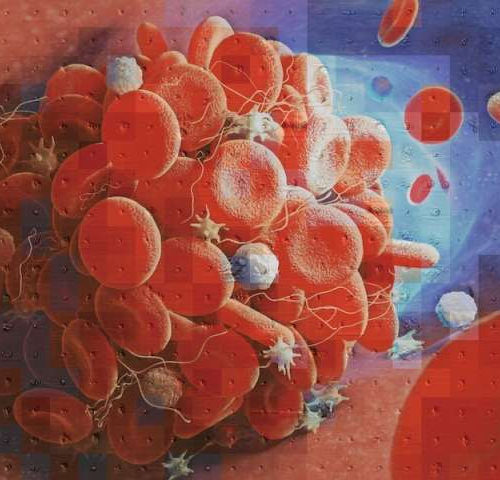By Syed S. A.Reviewed by Danielle Ellis, B.Sc. Retinoids are vitamin A derivatives responsible for regulating several physiological activities with profound importance in dermatology and skincare. They are the most widely utilized active ingredient in topical skin rejuvenation therapies. The various forms of retinoids have found a plethora of applications in dermatological and cosmetic care...
Tag: <span>chemistry</span>
Study uncovers the molecular events by which popular antidepressants work
by Rockefeller University Some highly effective medications also happen to be highly mysterious. Such is the case with the antidepressant drugs known as selective serotonin reuptake inhibitors, or SSRIs: They are the most common treatment for major depression and have been around for more than 40 years, yet scientists still do not know exactly how...
Scientists identify new target for wide array of cancers
by Brian Wallheimer, Purdue University Many types of human cancers exhibit changes in kinase and phosphatase balances. Drugs that inhibit kinase activity have shown success in the clinic as cancer therapeutics, but the phosphatases still remain a largely underexploited target class due primarily to the lack of understanding of how they cause diseases. Purdue University’s...
Epirubicin-loaded nanomedicines beat immune checkpoint blockade resistance in glioblastoma
INNOVATION CENTER OF NANOMEDICINE LEFT: HYDROPHOBIC EPIRUBISIN IS CONJUGATED TO ONE END OF HYDROPHILIC POLYETHYLENE GLYCOL (PEG) CHAIN WITH ASPARTATE-HYDRAZIDE AS A LINKER. IN WATER, THIS MOLECULE IS SELF-ASSEMBLED TO FORM NANO-MICELLES (EPI/M). UPPER… view more CREDIT: 2020 INNOVATION CENTER OF NANOMEDICINE Summary: A nanomedicine-based strategy for chemo-immunotherapy (CIT) of glioblastoma (GBM), which has the...
Solubilizer Captisol enables body to absorb authorized COVID-19 drug therapy
RENDERING OF THE MOLECULAR STRUCTURE OF CAPTISOL, THE SOLUBILIZER INVENTED AT THE UNIVERSITY OF KANSAS, WHICH ALLOWS REMDESIVIR TO BE ADMINISTERED TO THE PATIENT. REMDESIVIR WAS RECENTLY AUTHORIZED UNDER AN… view more CREDIT: VALENTINO STELLA, UNIVERSITY DISTINGUISHED PROFESSOR EMERITUS AT KU LAWRENCE — When the Food and Drug Administration issued an emergency-use authorization for the...
Scientists develop new method to synthesize cotylenin A
Reviewed by James Ives, M.Psych. (Editor) An anticancer drug of fungal origin could be the way. Scientists at Waseda University succeeded in developing a method for a total synthesis of cotylenin A, a plant growth regulator which has attracted considerable attention from the scientific community due to its promising bioactivity as an anti-cancer agent. This...
Assassin cells armed with anticancer drugs kill cancer masses
There are immune cells in our bodies that directly destroy infected or cancer cells – they are called natural killer cells. Recently, a POSTECH research team has developed an integrative cancer therapy using adoptive natural killer cell therapy and chemotherapy. A research team led by Professor Won Jong Kim of POSTECH’s Department of Chemistry developed...
New tool helps distinguish the cause of blood clots
by eLife A new tool using cutting-edge technology is able to distinguish different types of blood clots based on what caused them, according to a study published in eLife. The tool could help physicians diagnose what caused a blood clot and help them select a treatment that targets cause to break it up. For example,...
Scientists shed light on action of key tuberculosis drug
by University of Birmingham A new study led by scientists at the University of Birmingham has shed fresh light on how a key front-line drug kills the tuberculosis bacterium. The research paves the way for development of new antibiotic drugs targeted at emerging strains of TB. Tuberculosis (TB) remains a global health challenge, responsible for...
Rice chemists identify hidden aspects of protein-separation process to simplify drug manufacture
HOUSTON – (Oct. 28, 2019) – With a lot of hard work and a dash of salt, Rice University scientists have taken a step toward simplifying drug manufacture. Rice chemist Christy Landes and her colleagues reported in the Proceedings of the National Academy of Sciences their strategy to make polymer membrane-based separation of proteins more efficient. “It...

